Part II: Following A Disastrous Fire,
The Beach Grove Board And Members Rebuild
And Relaunch The Course And Clubhouse
Story by Matthew St. Amand
Photography Courtesy Beach Grove Golf & Country Club
On Saturday, February 26, 1927, sometime around 7 o’clock in the morning, a fire started in the Beach Grove Clubhouse. The point of origin was an overheated furnace pipe in the basement. The ferocity of the inferno was intensified by a lashing 40 mile-per-hour gale coming off Lake St. Clair. Poor water pressure from the hydrant in front of the building also thwarted firefighters’ efforts to extinguish the blaze. In little more than an hour, the entire structure of the clubhouse was reduced to charred cinders.
A General Meeting was held on Monday, February 28, at the Prince Edward Hotel. There, Beach Grove President/Chairman, Dr. C. W. Hoare, stated that the club was at a crossroads: It could either undertake the daunting task of reorganizing its finances and rebuilding, or close entirely.
Membership unanimously agreed to work toward rebuilding the Club.
The contract for rebuilding was awarded to Pennington-Boyd Architects, Windsor.
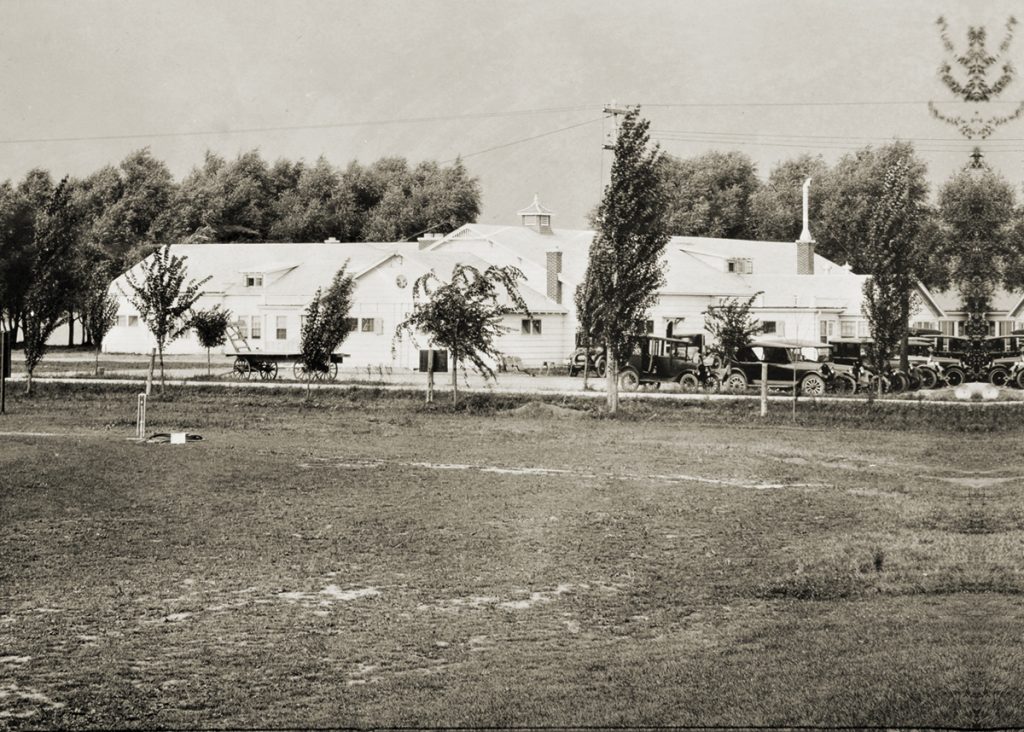
Co-owner of the firm, Mr. J. C. Pennington, was a Beach Grove member. The cost estimate on the plans he submitted to the Club amounted to approximately $150,000.
In the meantime, two by-laws were enacted: One, authorizing the Board of Directors to
borrow the sum of $100,000 from the Canada Permanent Mortgage Corporation (CPMC), and the other authorizing the Board to issue two classes of bonds of the Club to an amount not exceeding $200,000: Class (a) for the amount of $62,500 and Class (b) for $137,500.
These by-laws—Nos. 11 and 12—were presented by motion at a Special General Meeting of members on June 17 and unanimously carried. A month later, work on the building officially began with a sod-turning ceremony on Saturday, July 16, attended by numerous Beach Grove members. An article, later in the year, reported: “Mr. N. Bates Ackley, a Director, wielded the gilded spade, while Mr. J. D. Mansfield, a prominent member, started the plow into the ground.” The golfers would not be denied. A May 4, 1927 headline stated: “Beach Grove Club Emulates Phoenix”. It reopened December 31, 1927.
A year after its reopening, the newspaper published an account of the event under the headline: “Beach Grove One Year Old”. The accompanying write-up stated, in part: “Just one year ago the new Beach Grove Country Club was officially opened with a jolly New Year’s Eve party, when a record crowd was in attendance. Another event of unusual interest was the Red Letter Stunt Day, in which all golfers appeared on the golf course in costume, the course being materially changed for the occasion, and which resulted in much merriment.”
Behind the merriment, however, Beach Grove’s financial position remained precarious for the next few years. It must be remembered that the Great Depression was in full swing. According to Canada, Bureau of the Census: “Urban unemployment nationwide was 19 percent… By 1933, 30 percent of the labour force was out of work, and one-fifth of the population became dependent on government assistance.” Golf was not a high priority for many Canadians.
By April 17, 1930, the Club was in default and taken over by the CPMC, which appointed a Manager to control and operate Beach Grove.
For the most part, the turmoil remained in the background, as the Club continued receiving kudos for its course and new clubhouse. A headline on July 26, 1930 proclaimed: “Beach Grove Layout One of Best In Border District… $100,000 Spent Alone On Clubhouse”.
It’s a testament to the resolve and business acumen of the Beach Grove Board that the Club navigated these rough financial waters, at all. Businesses collapsed at a record rate at this time. Whole communities went bust. It was probably not the Board’s proudest moment, seeing the property taken over by its bond holder, the Trusts and Guarantee Company, but it was a move that kept the Club alive. During this challenging period, on May 16, 1931, the Club underwent a reorganization and saw its name changed to “Beachwood Golf Club”.
These difficult decisions, however, saved Beach Grove from insolvency. Not only did the Club emerge from the Great Depression, it did so in a position of strength, which allowed it to make a series of major upgrades. These were featured in a full-page article on July 8, 1939. The headline read: “Golf Players’ Wives No Longer ‘Widows’ As Relaxation Assured For Whole Family… Swimming Pool…provided.” Three of the people responsible for this bold move were Club President, W. H. Cantelon, Director, Harry J. Mero, Club Treasurer, E. R. Musselman. The article stated: “A look at the Club’s newest development program will convince even the most rabid anti-golf crusader that they have done a remarkable job… Beach Grove has gone ‘family style’ in a big way.”
“This has always been a family-focused Club,” says Club President, Frank Dayus Jr. “An Olympic-sized pool was added in the 1930s because of the dedication to families. At the same time, Beach Grove also built the harbour so that people could enjoy the fabulous boating this area offers. These were amenities that no one else was offering. They introduced services that the whole family could enjoy together.”
The old poet once said: “The world is too much with us.” Those words were never truer than during World War II, when Beach Grove again found itself facing tough financial decisions. Fuel rationing and member resignations set the Club in dire financial straits. Membership in 1943, consisted of 109 Class A members, 20 in other classes and four complimentary. Once again, shrewd stewardship by the Board saw the Club come through those rough times, and membership numbers improved.
In 1944 Mr. Thomas Gibbons, a Vice-President of the Hiram Walker Corporation, was elected President of the Club. In 1945 the CPMC advised Mr. Gibbons that it wished to sell the properties to the Club, rather than continuing with the existing lease arrangement. The Board issued debentures for sale to the membership to finance the $85,000 mortgage. During a meeting of the Directors, a by-law was passed authorizing purchase of the Club. Membership approved the plan. The first order of business was changing the Club’s name back to “Beach Grove Golf and Country Club”.
Through the 1950s, golf tournaments took off. It was the era of the wunderkind. In the August 30, 1950 newspaper, under the headline “Mike Saffran Wins Essex-Kent Boys’ Golf Tourney” was the story of the 15-year-old Beach Grove caddy who “harvested the reward of eight years persistent effort under rain-laden skies here this morning when he defeated Chester Niziolek, 16, Roseland, 4 and 2 to win the Harry J. Neal Trophy” in the 18-hole final. Next to that article, was a photograph of a kid clowning around with golf clubs, beneath the title “Now, With this Grip, You Lunkheads, Golf Is Really Simple”.
That boy was Bobby Panasik, age eight, who had just won honors in the boys’ novice division. His home course was Beach Grove. Bobby’s was a name to watch for over the years.
In 1951, the Essex-Kent Boys’ Golf Tournament—in its 24th year by that time—was held at Beach Grove and saw a record number of entries: 208. An August 28, 1951 newspaper subtitle read: “Nine-year-old Bobby Panasik’s 90 Leaves Mature Duffers Agog”. The article reported that “Panasik… strode off with Hogan-like determination and after four holes led Fox by three… Grown men looked at each other and fumbled for words… Bob flabbergasted the gallery with singing spoon shots, stringline pitching and finely controlled putting.”
In 1952, Bob Panasik put on another brilliant display of skill and heart, but it wasn’t enough. “History Repeats as Fox Trims Panasik by 5 and 3” was the August 26 headline. In 1956, the tournament was played at Beach Grove, where The Star proclaimed: “Panasik’s Blistering 68 Makes Him Hot Favorite”. He didn’t win that year, either, but he eventually learned to win, by the year 1974, Panasik was named Canada’s Golfer of the Year.
By the end of the 1950s, the golfer to watch was Beach Grove prodigy, Susan Penrose.
In 1958, a young Orest Spooner got a position at Beach Grove as a caddy master. He would go on to play on many pro tours including the Canadian Open and held Head Pro or General Management positions at many of Canada’s top courses. At 84 years old, Orest is still active at Beach Grove both as a golfer and a curler.
In 1962, the Beach Grove women’s bowling team won the annual Inter-Club Bowling Tournament for the fifth year in a row. On the links that summer, Susan Penrose, 16, won the Essex-Kent Girls Golf Tournament championship for the third year running. According to a July 23, 1963 article, the tournament was unofficially referred to as the “Susan Penrose Open”. Alas, the year that headline appeared, Susan lost to Pat Miller.
With the onset of 1960s, curling mania gripped the region. In 1964, Beach Grove spent $135,000 for construction of a four-sheet curling facility for its membership, which topped approximately 200 at the time.
Almost 40 years after fire nearly put an end to Beach Grove, the Club forged a new path into the future with ice.


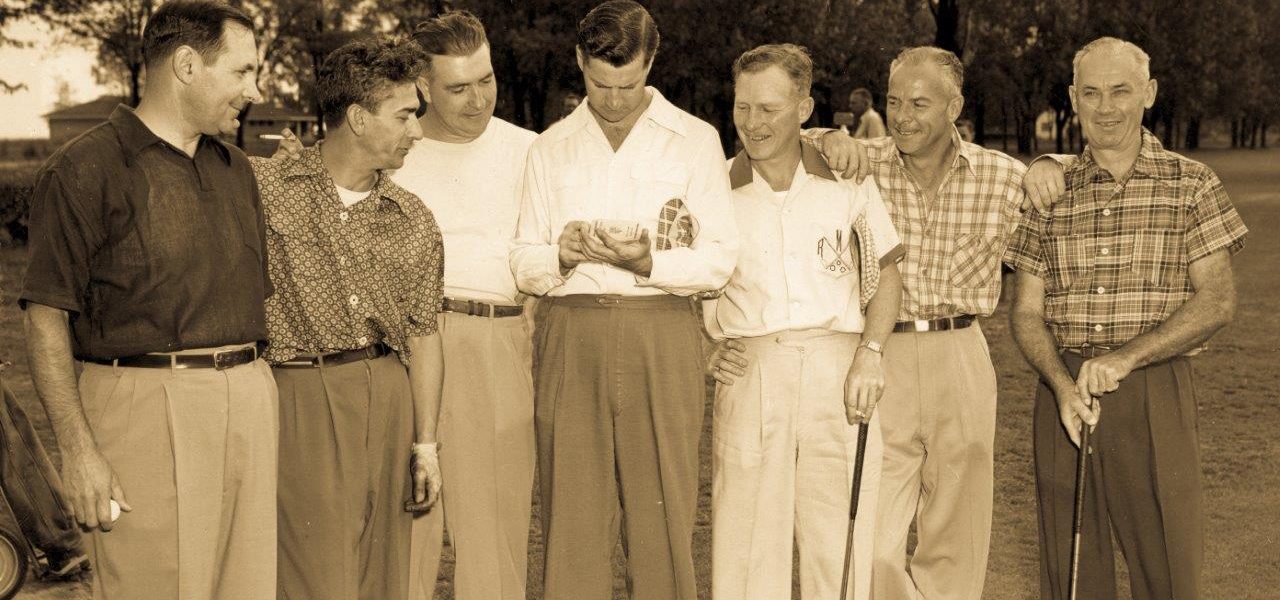

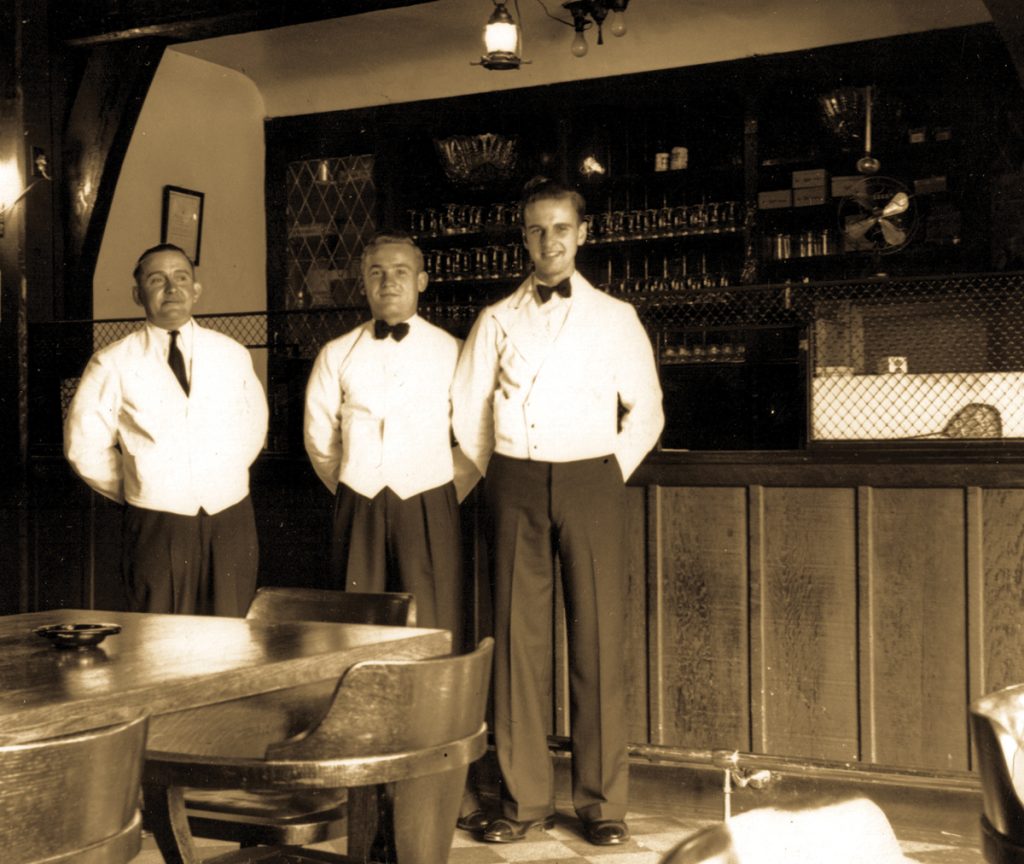
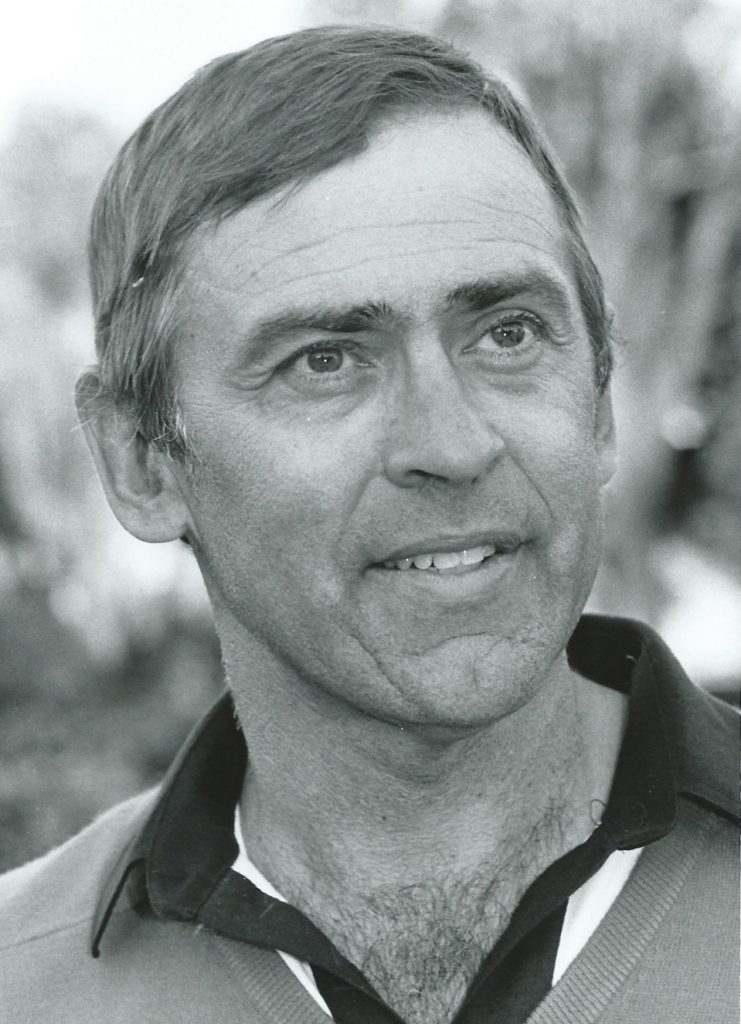
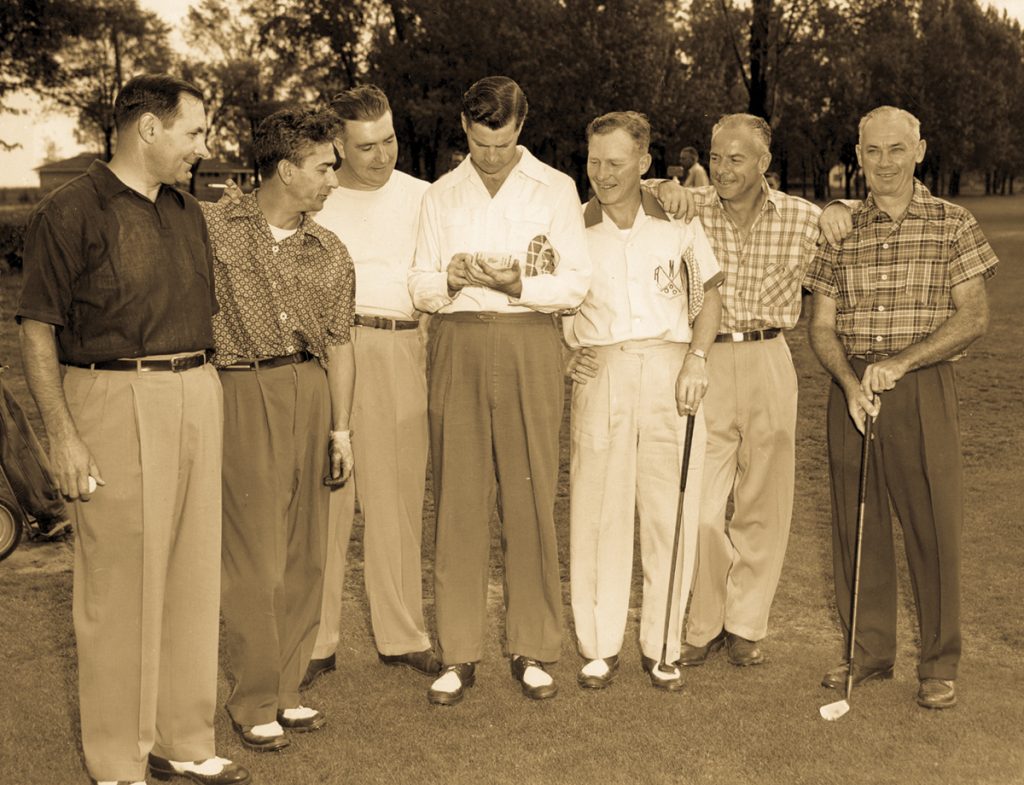
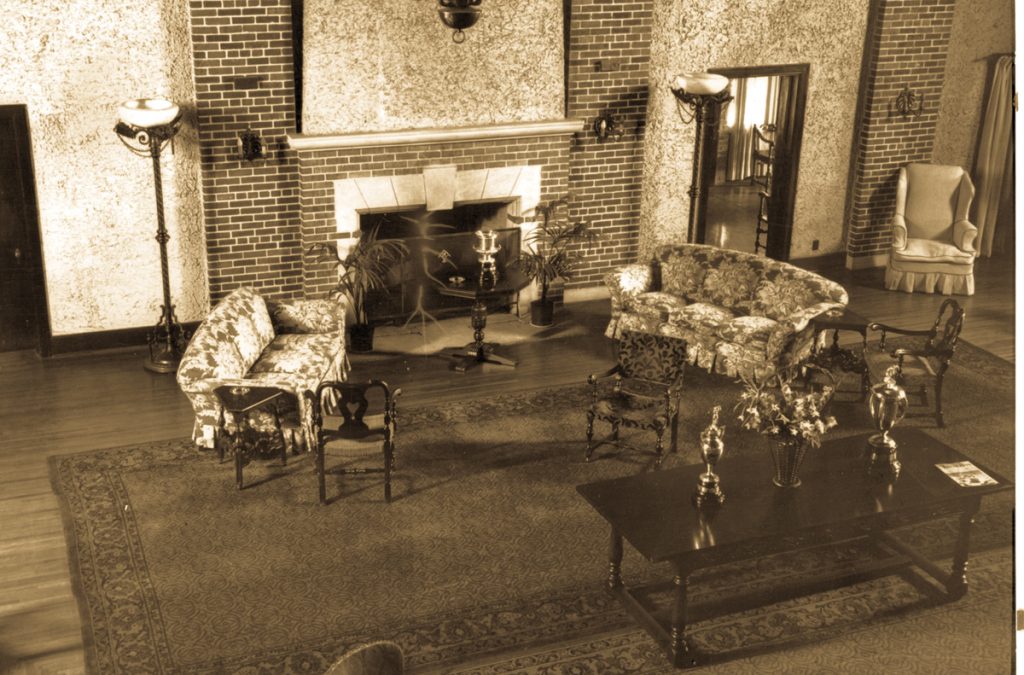
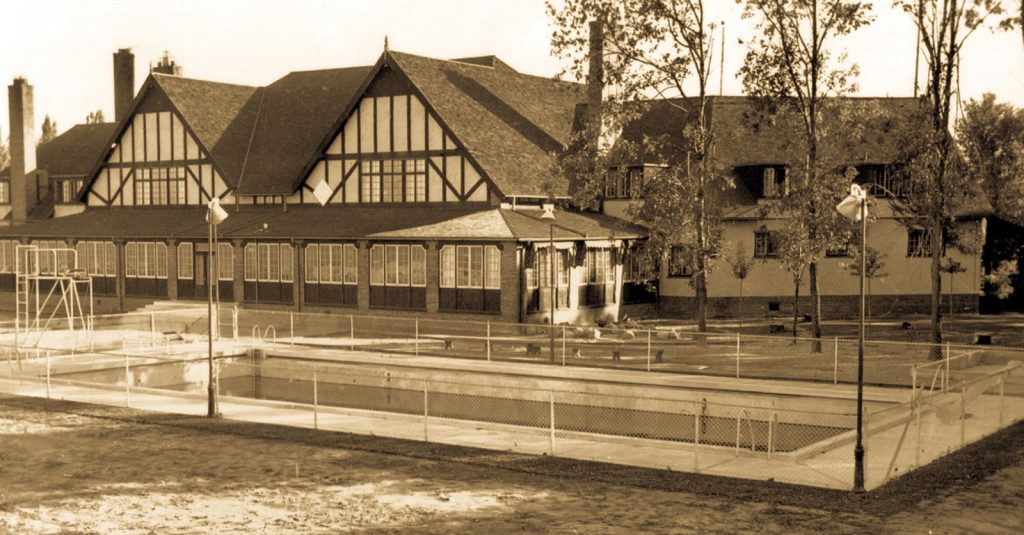

I think my parents were members around 1933 to 39 …Bryce R. Muir ( Ford Motor Company )